Results
-
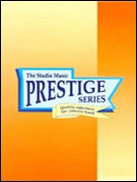 £44.95
£44.95PARTITA for Concert Band (Darrol Barry) (Prestige Concert Band - Score only) - Barry, Darrol
This work is cast in four movements: Introit; Impromptu; Elegy (31.12.04); Finale. Grade 5. (Recorded on QPRM150D, CHIVALRY, Royal Northern College of Music Wind Orchestra) PARTITA FOR CONCERT BAND is cast in four movements: Introit - begins majestically with brass, saxes and percussion carrying the main theme from which most of the following ideas originate. It is repeated by the woodwinds and moves via a solo side drum into the piu mosso. New ideas are introduced by trombones, the horns and euphoniums leading to the central idea played by oboe. This leads, in turn, via full band to the closing movement. 2. Impromptu -once again the opening theme is the basis of the whole movement, using most of the composer's tricks, augmentation, retrograde, inversion and fugato, it moves along in a very confident style. A muted solo trumpet links into the third movement. Elegy (26/12/04) - this movement was prompted by the devastating events of Boxing Day 2004, the Asian Tsunami. The movement opens bleakly until a solo flute gives us the main theme over a troubled accompaniment. The opening mood returns but timpani and tam-tam herald return of the main theme for the full band. The opening theme is heard again as the music subsides but never settles. Finale - this spirited 6/8 vivo opens up with percussion and horns and trumpets announce the main idea, punctuated with short chords from the lower band. A new four bar theme is heard over a bass tread, the theme overlaps itself and quavers swirl up and down the band. Material from the first movement is heard transformed by the energy of the finale and the music surges towards a sudden close. Performance time: 15:35
Estimated dispatch 7-14 working days
-
 £39.60
£39.60Symphony No.1 Theme (Concert Band - Score and Parts)
The Johannes Brahms Symphony No. 1 Theme is designed to give your best players an opportunity to play a solo with band accompaniment. This solo is the same one that appears on page 36, book 1 of The Yamaha Advantage for oboe, bassoon, alto clarinet, tenor saxophone and horn. This arrangement also includes solo parts for Flute, Clarinet and Alto Saxophone. This piece can also be performed by band alone.
Estimated dispatch 7-14 working days
-
 £74.99
£74.99Bridge of Dreams - Behrman
A bold and impressive composition by Ohio composer Tracy Behrman that uses attractive rhythm motives in the brasses and flowing melodic lines in the woodwinds and F horns to create a spirited contemporary work that is sure to become a standard at concert and contest performances. Includes very effective percussion parts and a tympani solo that will keep your drummers and keyboard percussionists challenged and involved. Features a tasty trumpet solo and a short solo for flute in the legato section. An outstanding choice for any concert or festival performance!
Estimated dispatch 7-14 working days
-
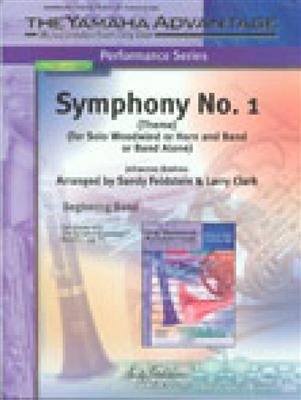 £43.99
£43.99Symphony No. 1 Theme - Sandy Feldstein
The Johannes Brahms Symphony No. 1 Theme is designed to give your best players an opportunity to play a solo with band accompaniment. This solo is the same one that appears on page 36, book 1 of The Yamaha Advantage for oboe, bassoon, alto clarinet, tenor saxophone and horn. This arrangement also includes solo parts for Flute, Clarinet and Alto Saxophone. This piece can also be performed by band alone.
Estimated dispatch 7-14 working days
-
 £76.99
£76.99Autumn Soliloquy - James Barnes
A delightful tone poem composed as an oboe solo with wind orchestra accompaniment and dedicated to Susan Hicks Brashier. Later versions for solo clarinet and flute, and orchestra accompaniments followed. Each solo instrument with piano accompaniment is also available for recitals and contest. Grade 3.
Estimated dispatch 7-14 working days
-
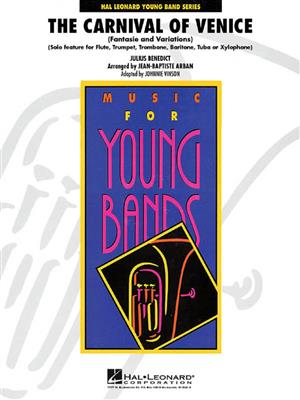 £72.99
£72.99The Carnival of Venice (Fantasie and Variations) - Julius Benedict
Solo Feature for Flute, Trumpet, Trombone, Baritone B.C., Tuba B.C., or Xylophone One of the best-known solo vehicles ever written is now available for younger players in this skillfully crafted setting by Johnnie Vinson. Withseveral options for the featured instrument, this is a great way to showcase standout players year after year. (solo grade 4, band grade 3)
Estimated dispatch 7-14 working days
-
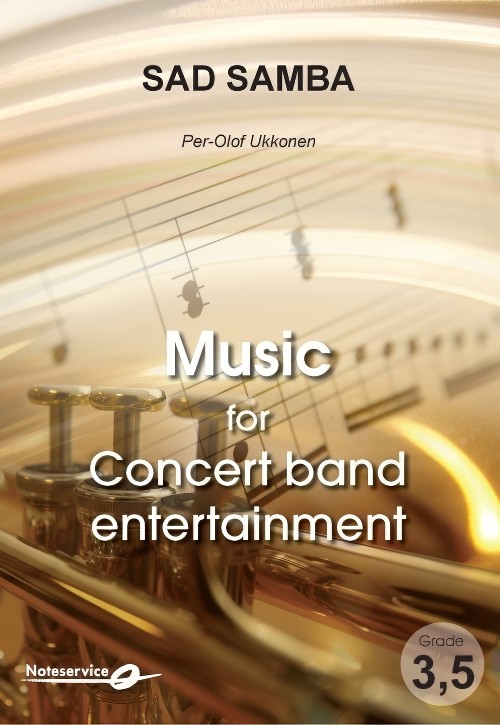 £688.20
£688.20Sad Samba (Concert Band - Score and Parts) - Ukkonen, Per-Olof
Sad Samba is a happy samba in a minor key. Starts soft, builds up and ends kind of softly. There is a solo section (ad lib.) for any instrument. If possible, feel free to use a soft instrument such as flute, alto flute, euphonium etc. Finally, you don't need all the percussion. You'll come a long way with just triangle and drum set. Duration: 4.30
Estimated dispatch 7-14 working days
-
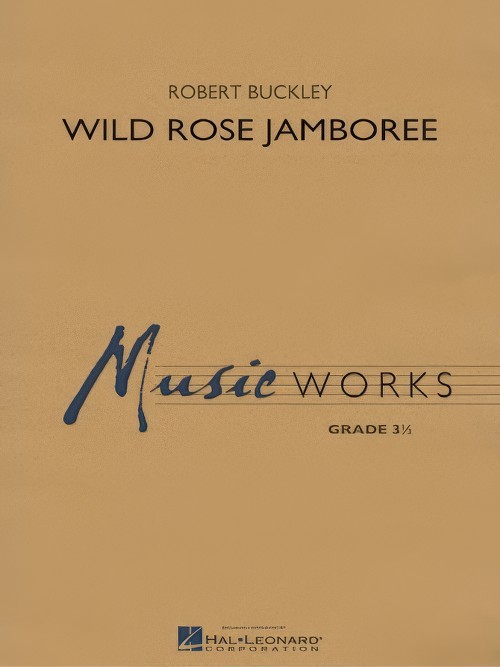 £72.99
£72.99Wild Rose Jamboree (Concert Band - Score and Parts) - Buckley, Robert
Wild Rose Jamboree conjures up the pioneer spirit and the big-sky panorama of Alberta, Canada's heartland. The cinematic approach to the music captures the essence of life in wild rose country - famous for its rodeos, warm-hearted people, majestic mountains and wide-open spaces. With a high-spirited hoedown and a rich, reverent theme that features a trumpet solo and a flute/clarinet duet, this composition could be a dynamic show opener or festival piece. Wild Rose Jamboree can be effectively performed by a mixed group (junior band and senior band, for example), the upper parts being at a medium level and the lower parts (flute 2, clarinet 3, alto saxophone 2, trumpet 3, horn 2 and trombone 2) at an easier level.Duration: 5:00
Estimated dispatch 7-14 working days
-
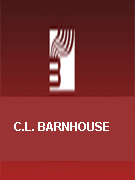 £49.50
£49.50Fanfareon (Concert Band - Score and Parts)
A fine concert feature which combines preband instruments with the elementary band. The solo part is easy to play and carefully arranged for Tonette, Flutophone, Recorder or Song Flute or for group performance. Band parts feature various sections throughout the piece, and if necessary, the solo-melody part can be played by the flute section.
Estimated dispatch 7-14 working days
-
 £174.99
£174.99Fiori - Thomas Doss
Fiori finds its genesis in a walk through an impressionistic garden. It expresses not only the atmosphere and mood but also tiny and grotesque scenes between the insects. The flute, as a solo instrument, plays a perfect role in this marvellous micro world. It was a challenge for the composer to integrate the sound of the flute through the "fragrance of flowers and exotic plants that fills the air".
Estimated dispatch 7-14 working days
